Class A CDL Training School Near You In Connecticut, Massachusetts & Rhode Island
If you’ve been thinking about learning how to drive the big rigs, you’ve come to the right place. When people think about truckers or becoming tractor-trailer truck drivers, they are often referring to a Class-A Commercial Driver’s License (CDL). A Class-A CDL is the right choice for someone who is looking to drive a tractor-trailer, often referred to as a big rig, semi-truck, or 18-wheeler.
At New England Tractor Trailer Training School (NETTTS), our CDL training programs begin by teaching the basics of truck driving, so you don’t need to have any prior experience with large vehicles to begin. Our training programs in Bridgeport, CT, Somers, CT, Pawtucket, RI, and North Andover, MA covers:
- CDL Learner’s Permit prep
- Prioritizing safety
- Training on federal and state regulations
- Inspection procedures
- Shifting practice on CDL truck driving simulator
- Hands-on and behind-the-wheel training
- Road training and CDL road test sponsorship
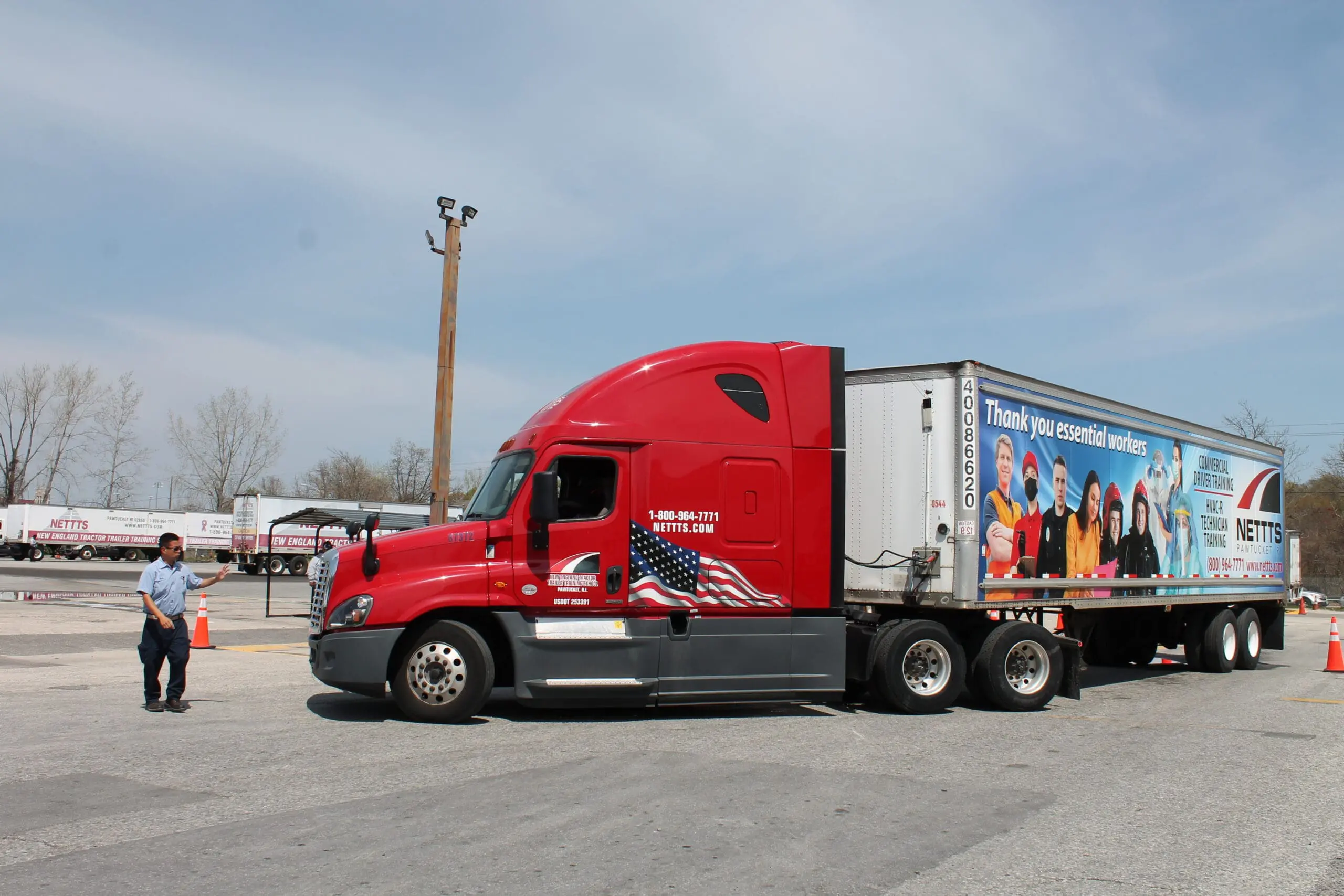
What Is A Class A CDL Training Program Like At NETTTS?
Driving a Class-A commercial motor vehicle is different from driving a passenger car or truck. Our Class-A CDL tractor-trailer training is designed to teach students those differences and allow them to put their knowledge into practice.
Training begins with preparation for your CDL permit in the classroom. Students will also be taught concepts like:
- Shifting and driving practice on a truck driving simulator
- Inspection procedures
- Truck components, like air brakes and different types of transmissions
- Rules and regulations of the road
- Driving techniques
Once you have finished your safety and knowledge training, it’s time to put your new skills to work out in the training field. We have a fleet of over 150 trucks and tractor-trailers for our students to train on. In the field, students will learn:
- Pre-trip inspection procedures
- Coupling and uncoupling
- Air brake test
- Shifting drills
Students will also learn backing maneuvers, like:
- Straight back
- Blind side parallel park
- Sight side parallel park
- Alley dock
- Offset backing
Students will also receive roadside training with our experienced CDL driving instructors. Each instructor has several years of professional driving experience and can use that knowledge to help train our students.
Choose NETTTS for a Class A CDL Training School Near You
Are you looking for a truck driving school to help you shift gears? NETTTS could be the change you’re looking for. Our program includes:
- Financial aid is available to those who qualify
- Career Services support
- Experienced instructors with professional driving knowledge
- A company-wide fleet of over 150 trucks and trailers for student training
- Practice on CDL driving simulator
- National Safety Council Defensive Driving Certification
- FMCSA Approved ELDT training provider
If you’re ready to take the next step and find out more about the Class A-CDL program at NETTTS, we have four locations around the northeast where students can train, including:
- Bridgeport, Connecticut
- Somers, Connecticut
- North Andover/Haverhill, Massachusetts
- Pawtucket, Rhode Island
If you have more questions, contact us today to learn more or request more information.
What Our CDL Graduates Have to Say
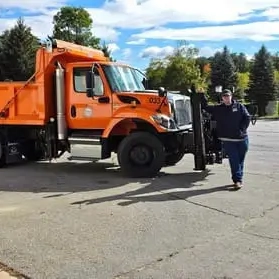
Alex B.
CDL Graduate
North Andover, MA
Spring 2021
I needed to find my road in life. NETTTS helped me find it!*

Allen S.
CDL Graduate
Somers, CT
My experience at Somers has been phenomenal. The staff here, they all care. Shoutout to all the instructors. They’re here to guide you, answer question, and walk you through mishaps; so shout out to them. I should have started sooner!

Carlos G.
CDL Graduate
Somers, CT
Summer 2021
Coming to NETTTS was the best choice I made for my future career. I was given all the tools I needed to succeed as a CDL class A driver with my current job as a leader/trainer at Werner Enterprise.*
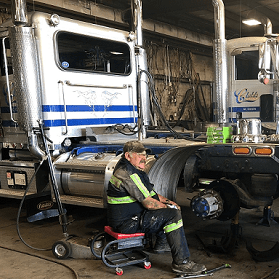
David A.
CDL Graduate
Pawtucket, RI
Summer 2019
You get what you put in! This school helped me more than anything, and I appreciate everyone there.*
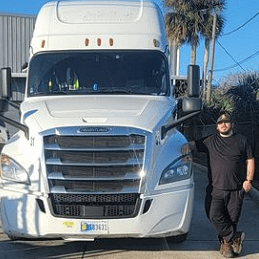
Derrick C.
CDL Graduate
Pawtucket, RI
Winter 2016
Going to NETTTS was the best decision I’ve ever made. Great Administration, great instructors, and just a great school all around.*

Leonardo T.
CDL Graduate
Bridgeport, CT
Fall 2023
The only impossible journey is the one you never begin. My back was against the wall, battling tough times. Now my back is against a seat in a truck, and I’m doing what puts me at peace while having a purpose. I thank NETTTS for allowing me to get that feeling – for making it simple.*

Madison H.
CDL Graduate
Pawtucket, RI
Spring 2024
NETTTS gave me the tools and instruction necessary to pass my CDL test on the first try, as well as skills that I use every time I drive. I would encourage new students to ask lots of questions, because the instructors have a lot of knowledge to offer!*
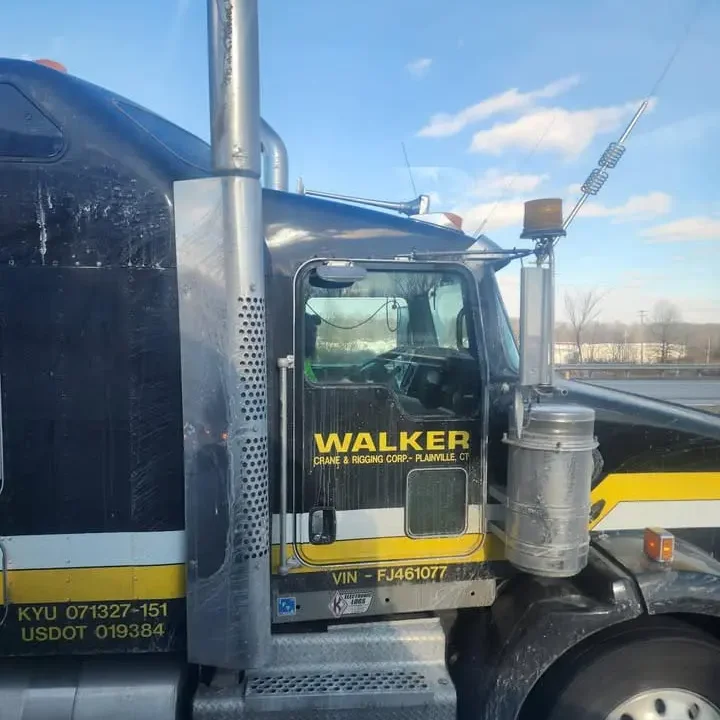
Nathan D.
CDL Graduate
Somers, CT
Summer 2024
My experience at NETTTS was very good. The instructors taught me a lot in the classroom and definitely helped me learn and understand the reality of trucking. I use what they taught me every day.*

Nicole G.
CDL Graduate
Somers, CT
Spring 2014
NETTTS is so thorough with their training that I went from not knowing how to back up my own car to nearly a decade of safe driving as a trucker. Thanks to NETTTS for believing in each one of their students, no matter what their background entails.*
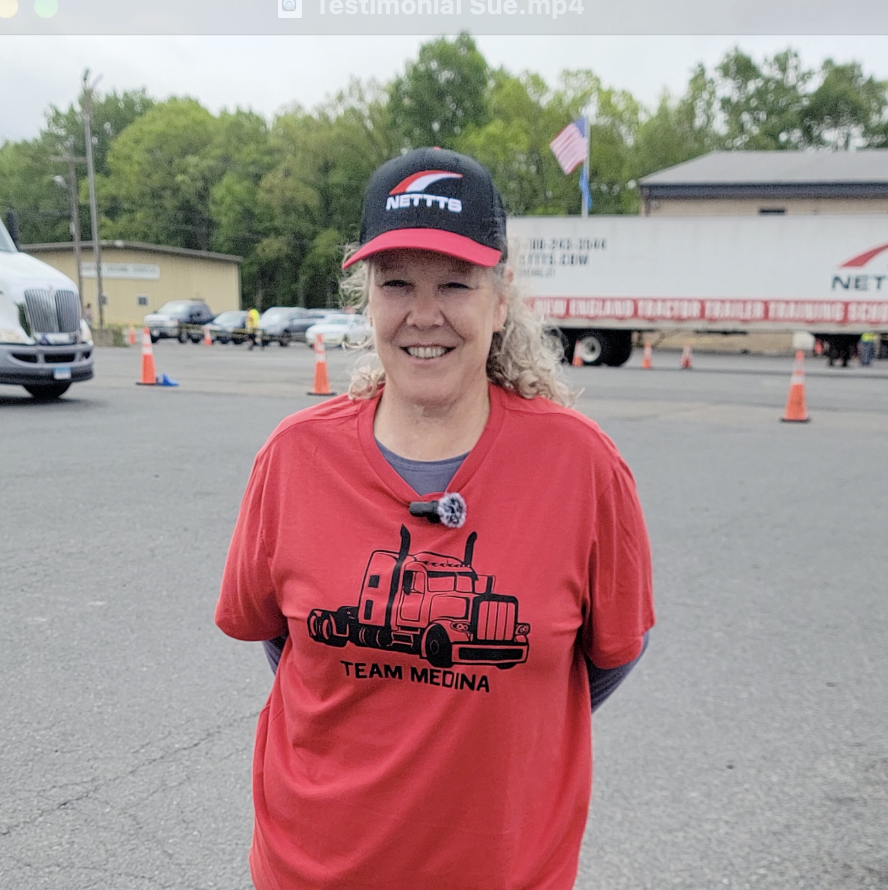
Sue
CDL Graduate
Bridgeport, CT
I was a nurse for 30 years and decided I wanted a job I could do more on my own; more things to play with instead of people to work on. The classroom’s intense, but being in the yard is just fantastic — putting what you learned in class into action, which was great! Everybody’s taught you something that sticks with you … they’ve all been wonderful.
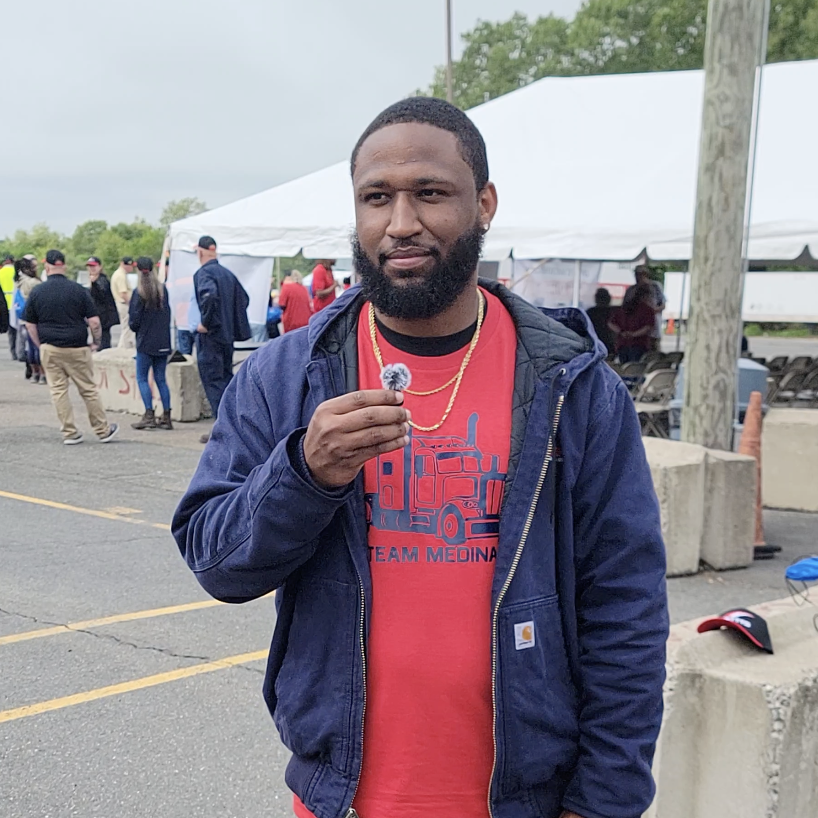
Tiago
CDL Graduate
Bridgeport, CT
I got interested in NETTTS knowing that with trucking, you’re probably always going to be working, so that’s a good thing for sure.

William B.
CDL Graduate
Bridgeport, CT
Fall 2023
When I took the first step in to trucking, I didn’t know what I was doing. NETTTS was there for me, and they taught me every single skill and knowledge that I use every day on the road. It wasn’t easy, but with the support of amazing teachers and staff, I felt welcomed and never felt scared to ask questions.*
*Consumer information regarding current graduate employment can be found with
Graduation, Licensure, and Employment rates.
Take the First Step Towards Class-A Training
Class A CDL FAQs
Do you have more questions about New England Tractor Trailer Training School and the programs we offer? Find out answers to some of the most frequently asked questions.
How do I become a truck driver?
If you’re interested in becoming a truck driver, find a CDL program that’s right for you. Learn more about how to become a truck driver.
What is the difference between over-the-road trucking and local trucking?
Local trucking means your routes will have you home every night. Over-the-road trucking means routes that can take you across the country and last multiple days. Learn more about over-the-road trucking and local trucking.
Can I apply for financial aid?
Financial aid is available for those who qualify. Learn more about how to apply for FAFSA for CDL training.
What is the difference between a Class A and Class B CDL?
Class A and Class B CDLs allow drivers to operate different types of vehicles. According to the Federal Motor Carrier Safety Administration (FMCSA), a class A CDL is required for the operation of a combination of vehicles (such as a tractor connected to a trailer) with a gross vehicle weight of 26,001 pounds or more and a towing capacity of more than 10,000 pounds. A class B CDL is required for the operation of a single vehicle with a gross vehicle weight of 26,001 pounds or more and a towing capacity of no more than 10,000 pounds. Learn more about Class A vs. Class B CDL.



